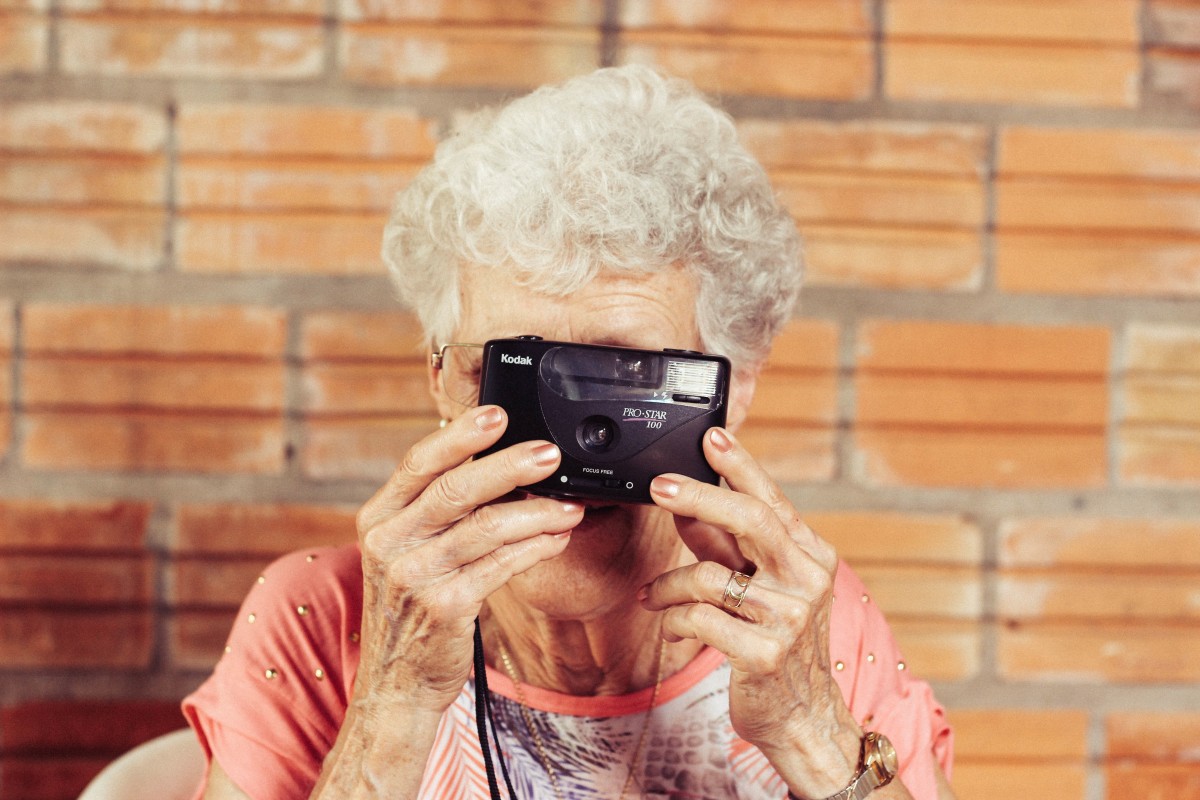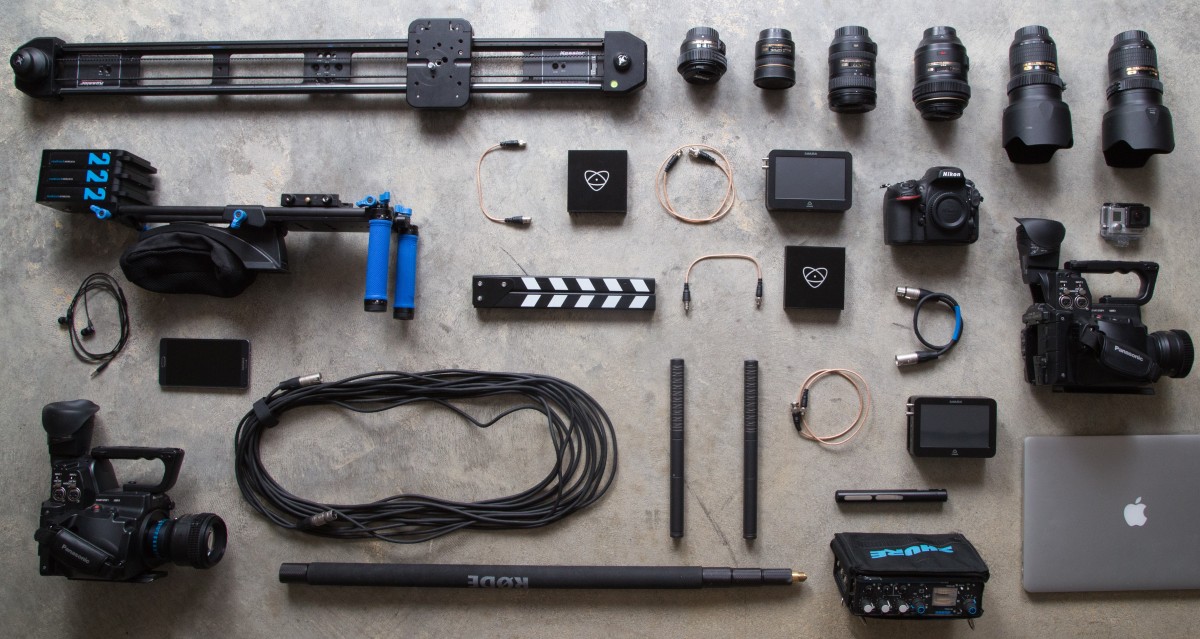In my New Media New Asia class, for a group assessment task, my group pitched an idea for an app that would incentify taking public transport in China to reduce congestion and air pollution.
Essentially, in big cities in China such as Beijing or Shanghai, public transport is not utilised the same way as somewhere like Melbourne, because there is a more prominent culture of hierarchy and status for the Chinese, and one way of showing off status is by owning a car. Thus, logically, it makes sense that people in China are more interested in showing off the fact that they have a car than waiting an hour for a bus.
The feedback that we got from our tutor for this pitch was that we should reconsider how to approach the issue. What we wanted ultimately from this app was to change the behaviour of people in China; and this, to me, has become a key factor in the philosophy and aims of media/communication practitioners.
Behavioural change through our app, as our tutor suggested, would be based around Acculturation (Merriam Webster definition: cultural modification of an individual, group, or people by adapting to or borrowing traits from another culture). In a sense, this app would be aimed at 18-30 year olds in China, students and young professionals, in the hopes of normalising use of public transport for their generation and future generations.
Behavioural change in communications is vital to communications now that I think about it more closely. Raising awareness, as enlightened to me in my earlier classes, is not actually that important on its own. Raising awareness doesn’t do anything on its own. When David Attenborough released his documentary about the Great Barrier Reef in December 2015, sure he wanted awareness of the environment’s vulnerability to be raised. But what the producers, writers and Attenborough ultimately strived for in the making of the documentary was to change the behaviour of those who watched it in a way that would benefit the environment’s health.
So now, after this enlightening class, I intend to go forth in my media career with a better understanding of what my intentions are: do I want to tell a story, show off some pretty pictures, or do I want to encourage a change in behaviour?







